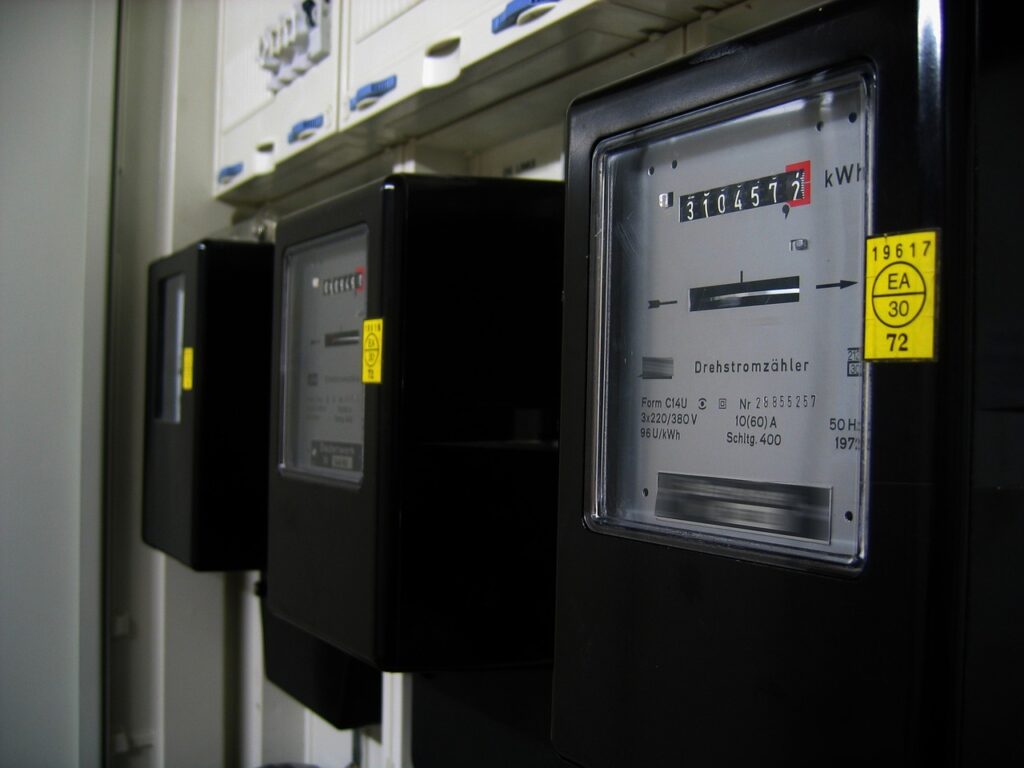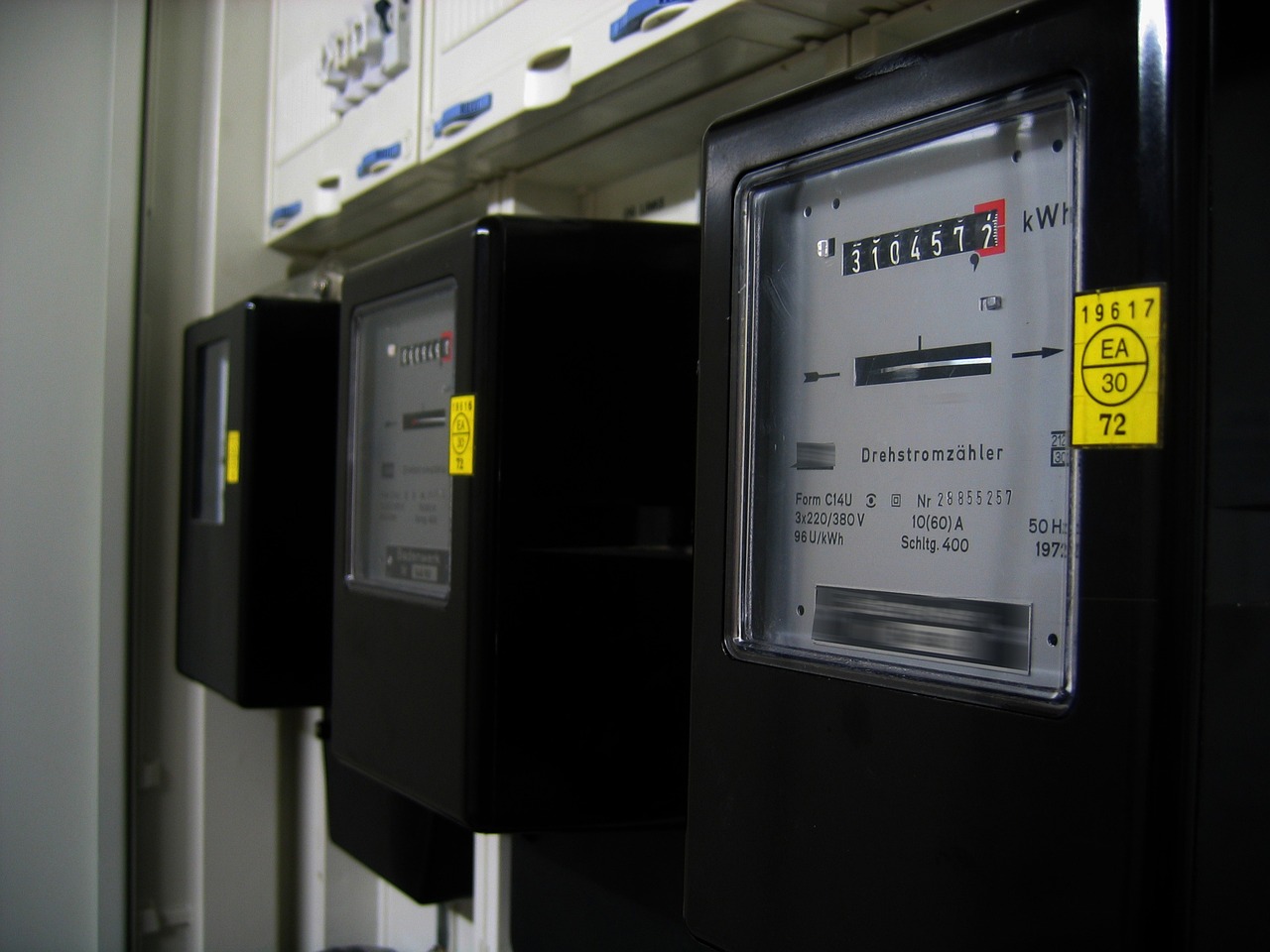If you’re planning on rewiring your home, you’ll need more than just an electrician. Collaborating with other tradespeople is essential to ensure the project runs smoothly and meets all your requirements.
Electric contractors work with plumbers, HVAC professionals, carpenters, builders, and lighting experts to achieve a successful rewiring project. The importance of collaboration in rewiring projects cannot be overstated. Each trade has its own expertise and responsibilities, and working together ensures that everyone’s needs are met.
From planning the project to completing it, electric contractors need to communicate effectively with other tradespeople to ensure the work is done efficiently and to a high standard. In this article, we’ll explore how electric contractors collaborate with other trades during rewiring projects. This includes working with plumbers and HVAC professionals, coordinating with carpenters and builders, installing lighting fixtures, and ensuring compliance with local codes and regulations.
The Importance of Collaboration in Rewiring Projects
Collaboration’s key in rewiring projects; it’s like a choreographed dance where every tradesperson plays a vital role in completing the job seamlessly.
As an electric contractor, you should understand that you’re not working alone in these projects. You’ll be working with other trades such as plumbers, carpenters, and HVAC technicians.
The success of the project depends on how well you work together as a team. Team dynamics play a crucial role in rewiring projects.
Every member should know their responsibilities and communicate effectively to ensure that the project is completed on time and within budget. Communication strategies such as daily progress reports and regular meetings can help the team stay on track.
By working together and sharing information, you can avoid delays, errors, and rework that can cost time and money. Collaboration is not just about completing the project; it’s also about building relationships with other trades and establishing a positive reputation in the industry.
Working with Plumbers and HVAC Professionals
When rewiring a building, it’s important to ensure that the plumbing and HVAC systems are also properly integrated for optimal functionality. This means electric contractors should work closely with plumbers and HVAC professionals to coordinate the placement of pipes and ductwork.
It’s important to plan ahead and communicate effectively to avoid any issues or conflicts during the rewiring process.
When it comes to pipe placement, electric contractors need to be aware of where the plumbing lines are located in order to avoid damaging them. They should also work with plumbers to ensure that any new pipes or fixtures are properly grounded.
Similarly, when integrating ductwork with the electrical system, contractors should coordinate with HVAC professionals to ensure that the ducts are properly sealed and that there is enough space for both the ducts and electrical wiring.
By collaborating with these other trades, electric contractors can ensure that the rewiring project is completed safely and efficiently.
Coordinating with Carpenters and Builders
Working alongside carpenters and builders is crucial for ensuring that the electrical system is properly integrated into the overall construction or renovation project. As an electric contractor, it’s vital that you coordinate with these professionals to avoid any interference or conflict between your work and theirs.
This means that you need to communicate effectively with them and come up with a plan that takes into consideration the placement of electrical wiring, fixtures, and outlets. Interference management is a key aspect of your collaboration with carpenters and builders.
You need to ensure that your work doesn’t interfere with their work and vice versa. For instance, if you need to install electrical wiring within a wall, you need to work with the carpenter to ensure that the wall is framed in a way that allows you to run the wires without damaging them. Material compatibility is another important factor to consider.
You need to make sure that the materials you use for electrical work are compatible with the materials used by the carpenter or builder. This helps to prevent any issues that may arise from the use of incompatible materials, such as the warping or cracking of wood due to exposure to electrical currents.
By working together and coordinating your efforts, you can ensure that the electrical system is properly integrated into the overall construction or renovation project. That way, the final result is safe, functional, and aesthetically pleasing.
Installing Lighting Fixtures with Electricians

Get ready to see your space come to life with expertly installed lighting fixtures by electricians.
When rewiring a space, electricians work closely with designers and homeowners to ensure that the lighting fixtures are installed in the most appropriate locations.
Design considerations such as the height of the ceiling, the size of the space, and the intended use of the room all play a part in determining the best placement of the lighting fixtures.
Electricians also take energy efficiency into account when installing lighting fixtures.
They may recommend LED or other energy-efficient lighting options that can help reduce energy consumption and lower electricity bills.
They may also suggest dimmer switches or other lighting controls that allow for greater control over the amount of light in the space.
By working closely with electricians during the rewiring process, you can ensure that your space is not only well-lit, but also energy efficient.
Ensuring Compliance with Local Codes and Regulations
Ensuring compliance with local codes and regulations is crucial for a successful lighting installation project. Failure to do so can result in costly fines and safety hazards. As an electric contractor, you need to be familiar with the permitting process and requirements in your area.
This includes obtaining the necessary permits and approvals before starting the project. It also involves following all guidelines and regulations throughout the installation process. In addition to the permitting process, it is important to implement safety measures during the installation.
This includes using proper equipment and tools, ensuring proper grounding and insulation, and following all safety protocols. By prioritizing compliance with local codes and regulations and implementing safety measures, you can ensure a successful and safe lighting installation project.
Frequently Asked Questions
How long does a typical rewiring project take?
When it comes to rewiring projects, timelines can vary depending on the scope of work. Effective project management is key to ensuring the project stays on track and is completed within a reasonable timeframe.
What kind of training and certifications do electric contractors need?
To become an electric contractor, you’ll need to complete an apprenticeship, pass a licensing exam, and continue your education to stay up-to-date with industry standards. This may include courses on safety, electrical codes, and new technologies.
How do electric contractors handle unexpected issues during a rewiring project?
When unexpected issues arise during a rewiring project, electric contractors must quickly problem solve to ensure the safety of the project. Collaboration challenges can be overcome through open communication and teamwork with other trades.
What is the average cost of a rewiring project?
You’re probably wondering about the cost of a rewiring project. The average cost can vary depending on factors such as the size of the home, the age of the wiring, and the complexity of the project. Expect to pay anywhere from $3,500 to $8,000.
What are some common mistakes to avoid during a rewiring project?
To avoid common mistakes during a rewiring project, you should follow prevention tips like turning off power and checking for damaged wires. Troubleshooting techniques include using a voltage tester and consulting with an electrician for guidance.
Conclusion
So, you see, collaboration is key when it comes to rewiring projects. As an electric contractor, you’ll be working with a variety of other trades, including plumbers, HVAC professionals, carpenters, builders, and other electricians.
It’s important to communicate effectively with them, and to coordinate your efforts to ensure that the project is completed efficiently, safely, and to code. By working closely with other trades, you can ensure that the project runs smoothly from start to finish.
You’ll be able to identify potential issues early on, and address them before they become major problems. And, you’ll be able to share your expertise with other professionals, and learn from them in turn.
So, if you’re embarking on a rewiring project, remember to keep collaboration at the forefront of your mind, and work together with your fellow tradespeople to achieve the best possible result.



